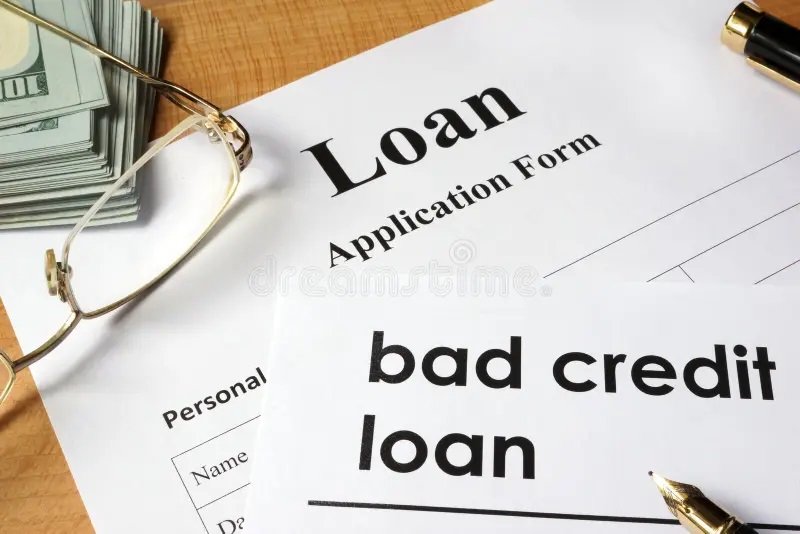Property insurance is an essential safeguard for homeowners, landlords, and businesses across the United States. It serves as a financial shield against potential losses or damages to property due to various risks such as fire, theft, and natural disasters. Understanding the financial aspects of property insurance is crucial for ensuring adequate coverage without overpaying. This article explores key guidelines, offers insights into managing costs, and addresses frequently asked questions.
Guidelines for Property Insurance in the United States
1. Understanding Property Insurance
Types of Property Insurance:
- Homeowners Insurance: Protects residential buildings and contents, covering both damage to the property and liability or legal responsibility for any injuries and property damage policyholders or their families cause to other people.
- Renters Insurance: Provides similar coverage for tenants, covering personal property and liability but not the building itself.
- Commercial Property Insurance: Covers business buildings and contents. Depending on the policy, it can also cover loss of income due to business interruption.
Standard Coverage Areas:
- Structure Coverage: Pays for damage to or destruction of the structure of your home or business premises.
- Personal Property Coverage: Covers loss of or damage to personal belongings both in and potentially outside of your property.
- Liability Protection: Covers legal fees and damages if you are sued for property damage or injury caused to others.
- Additional Living Expenses (ALE): Reimburses for temporary living costs if your home is uninhabitable during repairs.
2. Cost Factors in Property Insurance
Understanding what influences the cost of your property insurance is key to managing your premiums effectively.
- Location: Properties in areas prone to severe weather, high crime rates, or other risks often face higher premiums.
- Property Value and Replacement Cost: The higher the value and cost to replace your property, the more you’ll likely pay in premiums.
- Age and Condition of the Property: Older properties or those in poor condition may attract higher premiums due to a higher risk of issues like plumbing failures or roof leaks.
- Deductible Amount: Opting for a higher deductible can lower your premium, but means paying more out of pocket in the event of a claim.
- Credit Score: In most states, insurers use your credit score to help determine your premium rates, with better scores typically leading to lower premiums.
3. Financial Guidelines for Choosing Coverage
When selecting property insurance, consider these financial guidelines to balance coverage and cost:
- Assess Your Needs Thoroughly: Evaluate what risks are most pertinent to your property. For instance, if you live in a flood-prone area, considering flood insurance might be essential.
- Understand Policy Limits and Deductibles: Choose a policy with limits that are sufficient to cover the cost of rebuilding your home or replacing your belongings. Simultaneously, select a deductible amount that is affordable in a loss scenario.
- Compare Insurance Providers: Rates can vary significantly between providers. Use comparison tools or consult with an insurance broker to find the best rates for the coverage you need.
- Take Advantage of Discounts: Many insurers offer discounts for things like installing security systems, using impact-resistant roofing, or bundling multiple types of insurance.
4. Strategies for Reducing Insurance Costs
Here are some effective strategies to minimize your property insurance expenses without compromising on essential coverage:
- Improve Your Home’s Safety: Install smoke detectors, security systems, and weatherproofing. These can reduce the likelihood of claims and qualify you for discounts.
- Regularly Review and Update Your Coverage: Your insurance needs can change over time. Regularly reviewing your policy ensures you are not over-insured or under-insured.
- Build and Maintain a Good Credit Score: Since your credit score can influence your premium, managing it effectively can lead to lower costs.
- Increase Your Deductible: If you can afford higher out-of-pocket costs in the event of a claim, increasing your deductible will lower your premiums.
5. Navigating Claims and Payouts
Understanding the claims process is crucial for accessing your insurance benefits efficiently:
- Immediate Steps Post-Incident: Document the damage thoroughly with photos and videos. Report the claim to your insurer as soon as possible.
- Claim Process: Work with the insurance adjuster who will assess the damage and estimate the costs. Be sure to provide any requested documentation promptly.
- Dispute Resolution: If you disagree with the claims adjuster’s findings, you can request a second evaluation or consult with an independent appraiser.
Frequently Asked Questions about Property Insurance in the United States
How do I know if I need additional coverage like flood or earthquake insurance?
Evaluate the geographical and climatic characteristics of your area. If your property is in a region prone to floods or earthquakes, standard policies may not cover these risks, and additional coverage will be necessary.
Is it worth bundling different types of insurance?
Bundling can lead to significant discounts. If you require multiple types of insurance (e.g., auto, life, property), purchasing them from the same provider can reduce overall costs.
What should I do to ensure my claim is processed quickly?
Immediate documentation of damage and prompt filing are critical. Keep records of all communications with your insurer, and follow up regularly.
How often should I review my property insurance needs?
Review your coverage annually or after significant life or property changes, such as renovations, the purchase of expensive items, or changes in local laws that might affect insurance needs.
How can I check if my insurer is reliable?
Check the insurer’s ratings through agencies like AM Best or Standard & Poor’s. Also, review customer feedback and complaint ratios from your state’s insurance department website.
Conclusion
Effective management of property insurance not only involves selecting the right coverage but also understanding the financial implications of those choices. By carefully evaluating your needs, staying informed about changes in property value and local risks, and actively seeking ways to manage costs, you can ensure that your property and finances are well-protected









